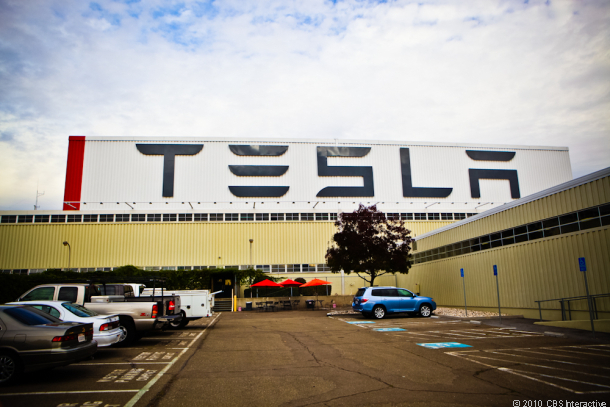
11:24 PM
power wall is “beautiful, fits on the wall, garage wall or outside wall of your house. 6 inches thick. 3 feet across and tall. Really easy to fit in garage or your house.”
[11:25 PM] Mark Gurman: Connected to Internet.
Smart micro grids
Ten year guarantee
[11:25 PM] Mark Gurman: “Nothing remotely in these price points”
“Our goal here is to fundamentally change how the world uses energy”
[11:26 PM] Seth Weintraub: Tesla’s selling price to installers is $3500 for 10kWh and $3000 for 7kWh. (Price excludes inverter and installation.) Deliveries begin in late Summer.
[11:27 PM] Mark Gurman: Musk says great for cold climates when there are power outages and ice storms
Good thermal management system for very cold environments
[11:29 PM] Jon Jivan: Wayyy below suggested price of $13k by some outlets. Nice to see it come in so cheap.
[11:29 PM] Mark Gurman: “Going to be huge in Germany”
[11:31 PM] Mark Gurman: Doesn’t require heavy foundations
“the integration at the system level is the big differentiator”
Ready to scale to a very large scale today
[11:32 PM] Mark Gurman: they’ve been using it for a year in house
[11:33 PM] Mark Gurman: Tesla will continue to open source the patents on all these
[11:34 PM] Mark Gurman: Giga factory designed in the same as a giant car
Fundamentally different way than approaching manufacturing and engineering
[11:39 PM] Mark Gurman: Installable by two people in half hour to an hour
Installation prices up to distributors
[11:42 PM] Mark Gurman: “This would be bigger in terms of pack utilization than the car industry, actually comparable size”
[11:43 PM] Mark Gurman: international, still need to figure out certified installers however
[11:43 PM] Mark Gurman: it’ll scale as fast as we can scale it.
[11:44 PM] Mark Gurman: international next year
Germany and Australia late this year
[11:44 PM] Mark Gurman: China early next year
Musk said “we own tesla energy.com” when asked if they’d change from tesla motors as name
Update: Here’s our first look. Looks familiar
https://twitter.com/TomerDavid_/status/593964617161805824
https://twitter.com/markgurman/status/593967615887872000
Update: Tesla Energy!

Tesla Energy Press Kit
We’ll be covering the Tesla Battery announcement later tonight but Tesla just unleashed the livestream page. Check back soon. We’ll run down the highlights here. We’re expecting Tesla to announce home and industrial battery products that allow users to store solar and lower cost, high availability electricity for use at night or during higher cost/watt time periods. The battery will be a down payment and rental fee which should more than pay for itself in electric bill savings.
There has been further speculation that, with this announcement, Tesla Motors will change its name to Tesla, Inc or Telsa Energy to note that it is an energy storage company, not just a car company. We’ll find out more soon, stay tuned.





